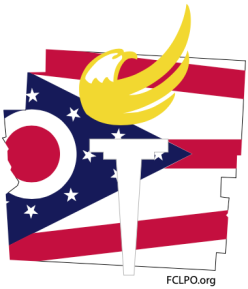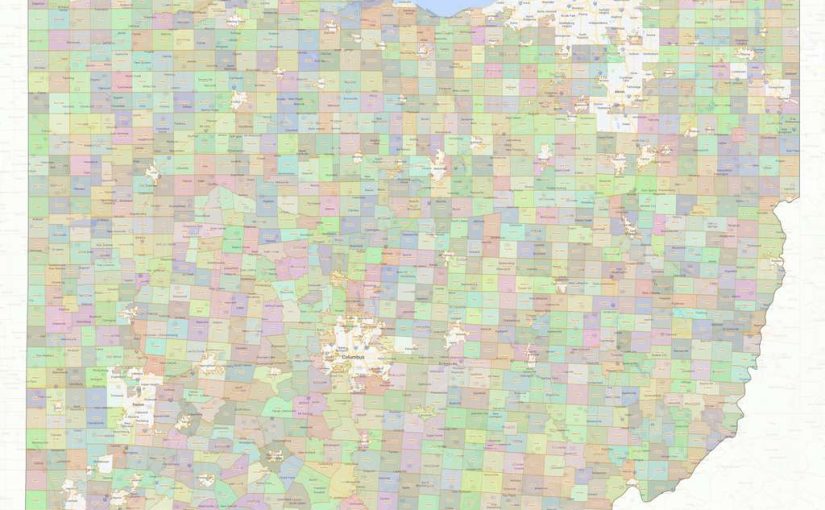Townships in Ohio should be eliminated because they create unnecessary layers of government and waste taxpayer money. There are 1,308 townships in Ohio, each with its own set of officials, services, and budgets. This results in a fragmented and inefficient system that causes confusion, duplication, and excessive spending. Consolidating townships into counties or cities would simplify governance, cut costs, and improve the delivery of services to citizens.
One of the main problems with townships is the duplication of services. Often, the same services are provided by both the township and the county, such as road maintenance, emergency services, or zoning. This overlap creates inefficiencies and forces taxpayers to pay for services they may not need or use. By eliminating townships, services could be streamlined, and governments could focus resources on what is actually necessary, avoiding wasteful spending.
Another issue is the lack of accountability in township governments. Township boards, often made up of just a few elected officials, do not have the same level of oversight or transparency as larger city or county governments. This lack of checks and balances makes it easier for corruption or mismanagement to go unnoticed. By consolidating townships, oversight would improve, and taxpayers would have more control over how their money is spent.
In addition, many townships struggle with financial problems. With smaller populations and limited budgets, some townships cannot provide the level of service that citizens expect. This leads to higher property taxes to cover shortfalls, which hurts residents and businesses. Eliminating townships would allow for more efficient use of resources, as larger counties or cities can pool their resources and provide services at a lower cost.
Another point is that townships often make it harder for residents to have a direct impact on local government. Township meetings tend to be less accessible, with fewer public hearings or opportunities for input. This makes it harder for residents to voice their concerns or engage with the government. By consolidating townships into larger counties or cities, local governments would be more transparent and responsive to the needs of residents.
Finally, the existence of townships can create confusion for residents, especially those living near township borders. Different sets of laws, taxes, and services apply depending on where a person lives. This lack of uniformity creates confusion and makes it harder for people to understand their rights and responsibilities. A county- or city-based system would offer greater consistency and clarity, making life simpler for residents.
Eliminating townships would also encourage more economic growth. A unified government structure would make it easier for businesses to navigate local regulations and access services. This could attract more investment, as businesses would have to deal with fewer bureaucratic hurdles. In the long run, a more efficient government structure would help promote economic development and job creation.
In conclusion, eliminating townships in Ohio would create a more efficient, transparent, and accountable government. It would reduce wasteful spending, improve service delivery, and simplify the lives of residents. By consolidating townships into counties or cities, Ohio would benefit from a more streamlined and effective system of governance that better serves the people.

